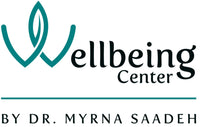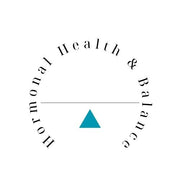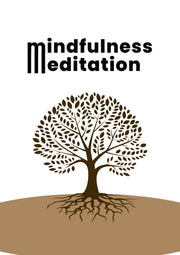Holistic Health

Exploring Natural Healing, Herbal Remedies, and Integrative Wellness Approaches
In a world increasingly focused on quick fixes and symptom suppression, holistic health offers a different path—one that honors the body, mind, and spirit as interconnected and equally vital parts of our well-being.
This blog explores the foundations of holistic healing, including natural remedies, integrative practices, and the powerful roles of affirmations, meditation, and emotional healing in cultivating lasting wellness.
What Is Holistic Health?
Holistic health is an approach that treats the whole person—not just the illness or discomfort. It considers physical health, emotional balance, mental clarity, and spiritual alignment as parts of a greater whole. Rather than isolating symptoms, it looks for root causes and nurtures healing through natural and integrative means.
Natural Healing & Herbal Remedies
Nature offers a treasure trove of healing tools. Herbs, essential oils, and natural supplements have been used for centuries to support immunity, digestion, sleep, and more.
Here are a few favorites:
- Chamomile – Calming and great for sleep or anxiety.
- Ashwagandha – An adaptogen that helps the body manage stress.
- Peppermint – Soothes digestion and refreshes the mind.
- Lavender – Supports relaxation and emotional balance.
Always consult a professional before beginning any herbal regimen, especially if you’re pregnant, nursing, or taking medication.
Integrative Wellness Practices
Integrative wellness blends conventional medicine with complementary therapies. It empowers individuals to take an active role in their healing.
Common holistic modalities include:
- Acupuncture
- Reiki and energy healing
- Nutrition counseling
- Yoga and breathwork
- Massage therapy
- Chiropractic care
Each modality supports different aspects of healing and can be tailored to individual needs.
The Role of Affirmations in Healing
Affirmations are positive, intentional statements that help reshape subconscious beliefs and promote emotional and physical well-being.
Examples:
- “My body knows how to heal. I trust its wisdom.”
- “I am balanced, calm, and centered.”
- “Each breath I take fills me with healing energy.”
By repeating affirmations daily, especially during meditation or moments of quiet, we create mental pathways that support our healing journey.
Meditation: The Bridge to Inner Balance
Meditation is a core tool in holistic health. It calms the nervous system, reduces inflammation, and improves emotional clarity.
Try this simple daily practice:
- Sit in a quiet space and close your eyes.
- Focus on your breath.
- Repeat an affirmation silently or out loud.
- If your mind wanders, gently bring it back to your breath or words.
Even 5–10 minutes daily can shift your emotional and physical well-being over time.
Emotional Healing as a Vital Part of Wellness
Unresolved emotions can manifest in the body as tension, illness, or chronic fatigue. Holistic health encourages acknowledging and releasing emotions in healthy ways.
Tools for emotional healing:
- Journaling
- Inner child work
- Somatic therapy
- Energy healing
- Breathwork and EFT (Emotional Freedom Technique)
Healing emotions isn’t about fixing yourself—it’s about reconnecting with your whole self, gently and compassionately.
Final Thoughts: Wellness Is a Way of Living
Holistic health is not a trend—it’s a lifestyle rooted in self-awareness, intentional choices, and harmony with nature. By incorporating affirmations, mindfulness, herbal support, and emotional healing, you empower yourself to live not just symptom-free, but vibrantly well.
Looking for a deeper holistic experience?
Explore our healing programs, book a session, or browse our recommended tools for daily wellness and inner peace.






